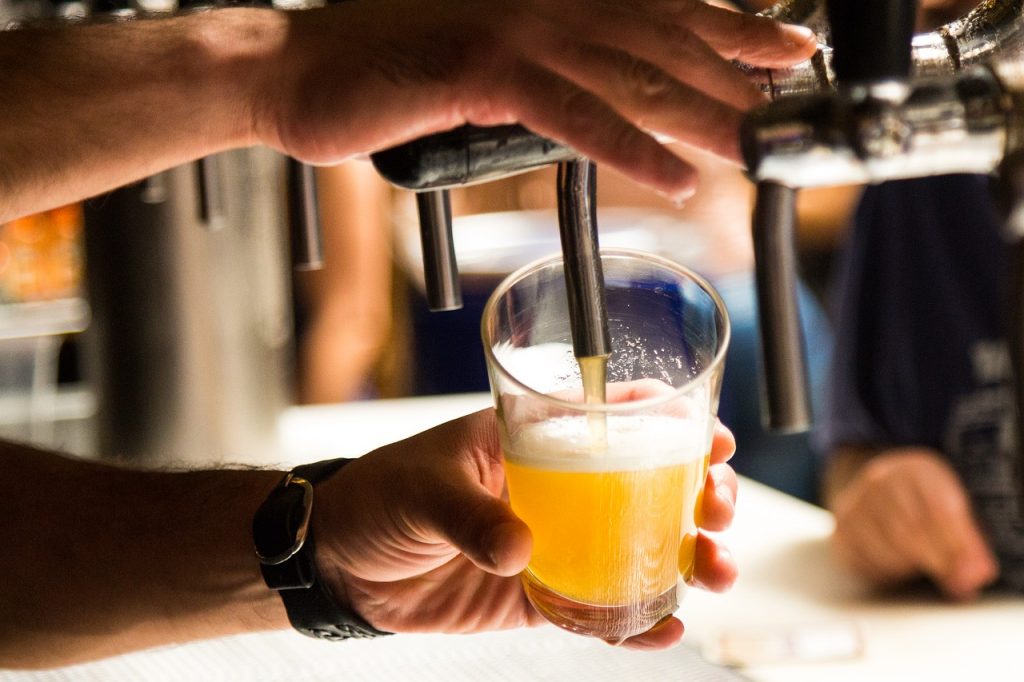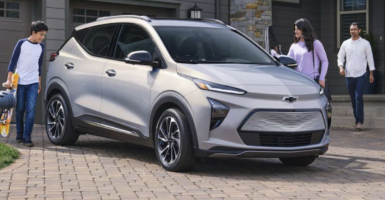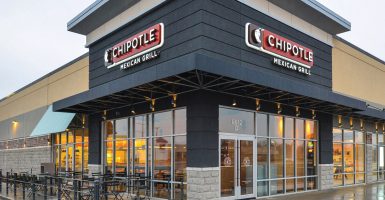The US Beer Industry Is Tanking, Here’s Why
Beer sales have been declining for at least 12 years, as consumers are opting to purchase more spirits instead, giving birth to an overarching cocktail culture.
This article is more than 2 years old
The beer industry once dominated the United States beverage market. But sales are declining as the market becomes flooded with new drinks like premium liquor, canned wine, spiked seltzers, and pre-made bottled cocktails. Even legacy beer companies, such as Budweiser and Coors Light, have diversified their portfolios outside their staple products with innovations for spirits drinkers. Molson Coors even dropped “Brewing Co” from its name for similar expansion in 2019.
Boston Beer also debuted Loma Vista Tequila Soda this week. The beverage is described as a ready-to-drink tequila cocktail in lime and mango flavors. According to CNBC, the range is launching in Austin, Texas; Fort Collins, Colorado; Wichita, Kansas; and Kansas City. The manufacturer said its tequila cocktails sit at the crux of the explosive growth of the beer industry and the rise in popularity of tequila.
The top five spirits by revenue growth in 2021 were vodka at 4.9%, tequila/mezcal at 30.1%, American whiskey at 6.7%, Brandy & Cognac at 13.1%, and cordials at 15.2%. So it’s not surprising that 2021 was the 12th consecutive year that spirits took away market share from the beer industry. The beer category, which includes hard seltzer, accounted for 42% of the local beverage alcohol market in 2021, while spirits made up 41% and wine 16%.
At this pace, spirits are expected to overtake the beer industry in market share in the next few years. Speaking to CNBC, DISCUS’ spokesperson, Lisa Hawkins said spirits consumers are willing to spend a little extra because they are choosing to drink better, not more. The slump in beer’s market share is also reflected in the online ordering and alcohol delivery platform Drizly.

In the past year, beer has only accounted for a 14% share. That’s a two percentage point drop from the previous 12 months, according to Drizly’s Head of Consumer Insights, Liz Paquette. Spirit sales accounted for a 45% share, increasing by one percentage point. “The beer share decline in recent years is mostly a result of share shift toward the spirit category, driven by the surge in categories, like tequila and ready-to-drink cocktails,” Paquette explained.
But while the beer industry is shrinking in market size, sales are actually growing. “There are pockets of growth,” Chief Economist for the Brewers Association Bart Watson explained. He added that beer drinkers are now looking for premium offerings as well. In 2021, overall beer sales were up 1% year over year at $100.2 billion. And sales of craft beer went up by 8%.
“Craft beer may be the beer industry’s answer to consumers’ increased willingness to spend more on variety, flavor, and quality,” Watson told CNBC. Craft beer is made with higher-quality ingredients, which provides consumers with more flavor. As a result, the end product is a more distinctive-tasting beer compared to mass-produced options. That’s how craft brews helped beer not lose more market share over the last decade, according to Watson.
However, several changes are happening within the beer industry that could boost its market share. Subcategories like light lagers, which contain low alcohol volumes, and even non-alcoholic beer are growing. Still, it seems like cocktail culture is set to be dominant in America for a while.







